Driveway Sealing Benefits and Tips
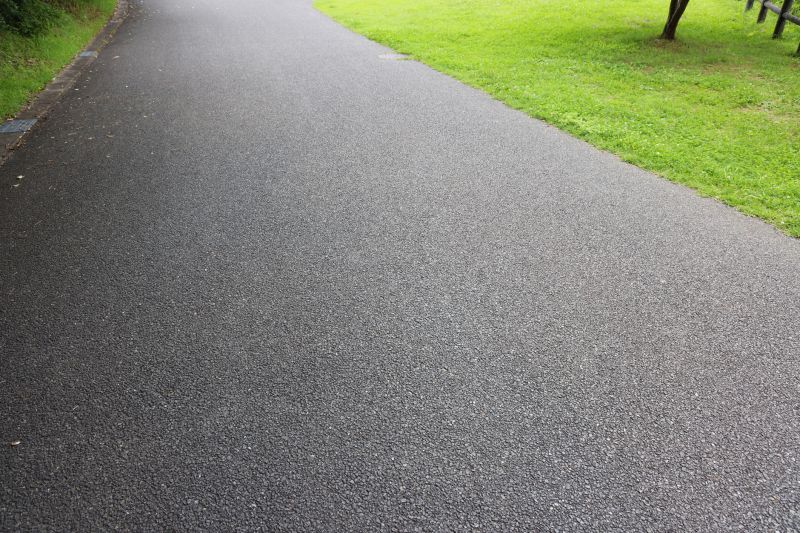
Spring offers optimal conditions with moderate temperatures and low moisture, ensuring proper curing and adhesion of sealants.
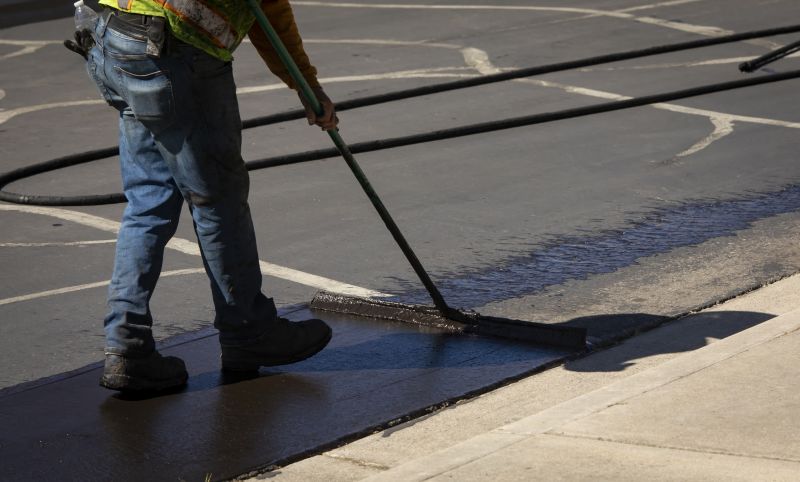
Summer provides warm weather ideal for sealing, but high temperatures and direct sunlight can affect drying times if not managed properly.
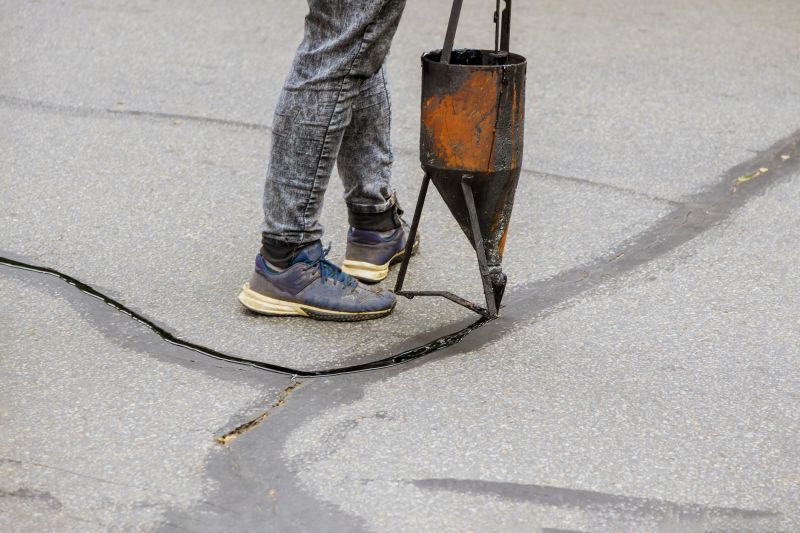
Fall can be suitable due to cooler temperatures, but early frost or rain can hinder the sealing process.
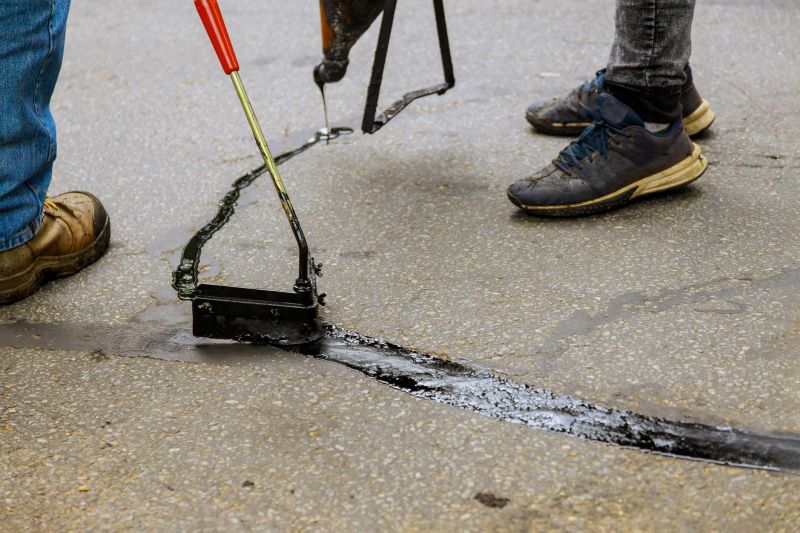
Ways to make Driveway Sealings work in tight or awkward layouts.
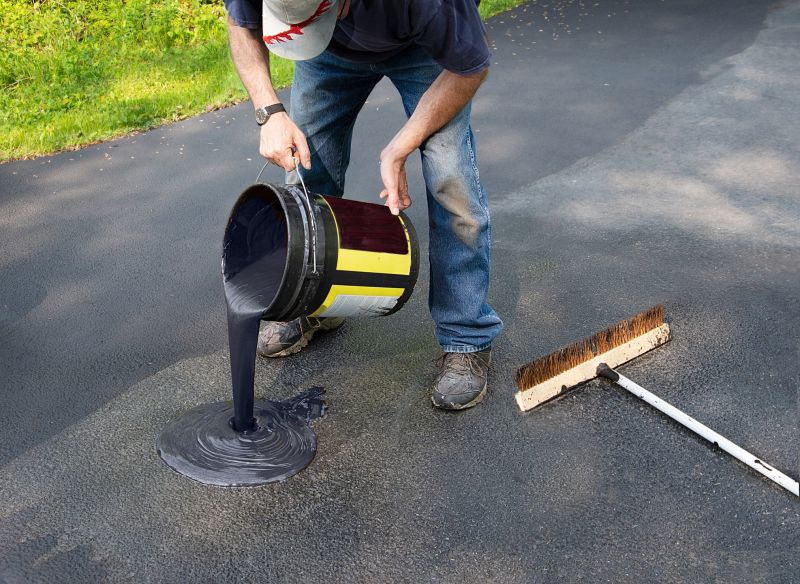
Popular materials for Driveway Sealings and why they hold up over time.
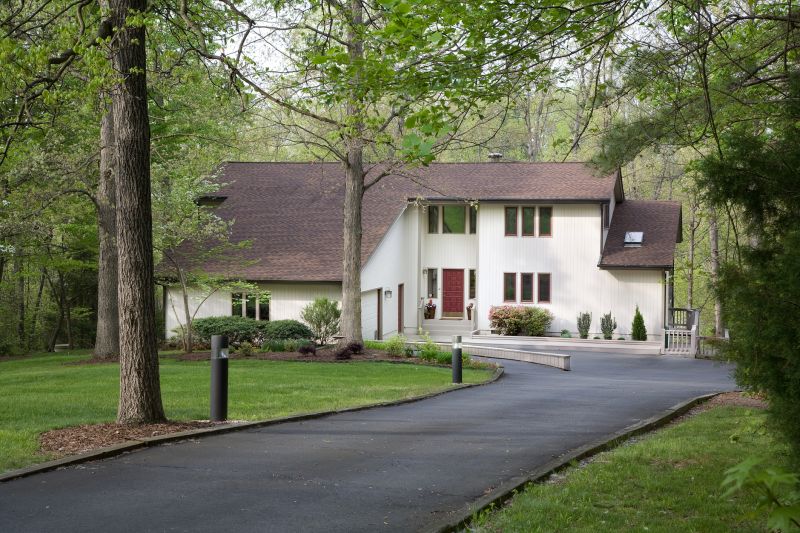
Simple add-ons that improve Driveway Sealings without blowing the budget.
Driveway sealings are essential for maintaining the durability and appearance of asphalt surfaces. Proper sealing protects against water penetration, UV damage, and oxidation, which can lead to cracking and deterioration. Regular sealing extends the lifespan of a driveway, saving costs on repairs and replacements. Statistics indicate that sealing every 2-3 years can significantly reduce maintenance expenses and preserve the structural integrity of the asphalt.
The best time to seal a driveway depends on climate conditions, temperature, and moisture levels. Ideal conditions typically include temperatures between 50°F and 85°F, with low humidity and no rain forecasted for at least 24 hours. Sealing during periods of extreme heat or cold can compromise the effectiveness of the sealant, leading to peeling or improper adhesion. Proper timing ensures a long-lasting, protective coating that enhances curb appeal and structural soundness.
Spring sealing allows for optimal curing conditions, reducing the risk of damage from weather fluctuations.
Sealing in summer requires monitoring for high temperatures to prevent sealant failure.
Fall sealing is effective when temperatures are consistently above freezing and dry weather is expected.
Rain, snow, and extreme temperatures can delay or damage sealing projects, emphasizing the importance of choosing the right season.
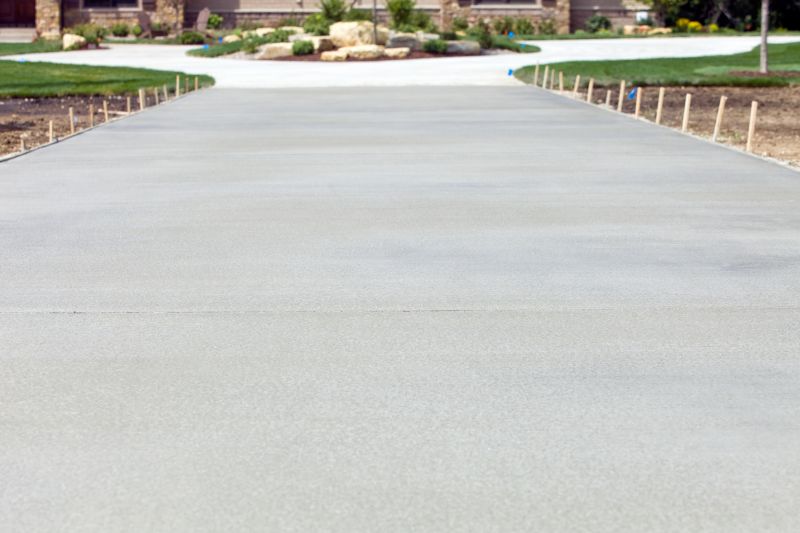
High-end options that actually feel worth it for Driveway Sealings.
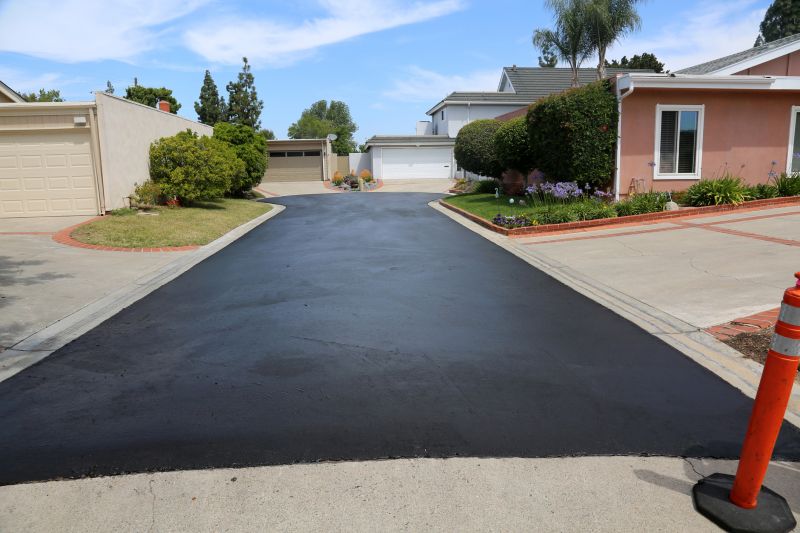
Finishes and colors that play nicely with Driveway Sealings.

Little measurements that prevent headaches on Driveway Sealings day.
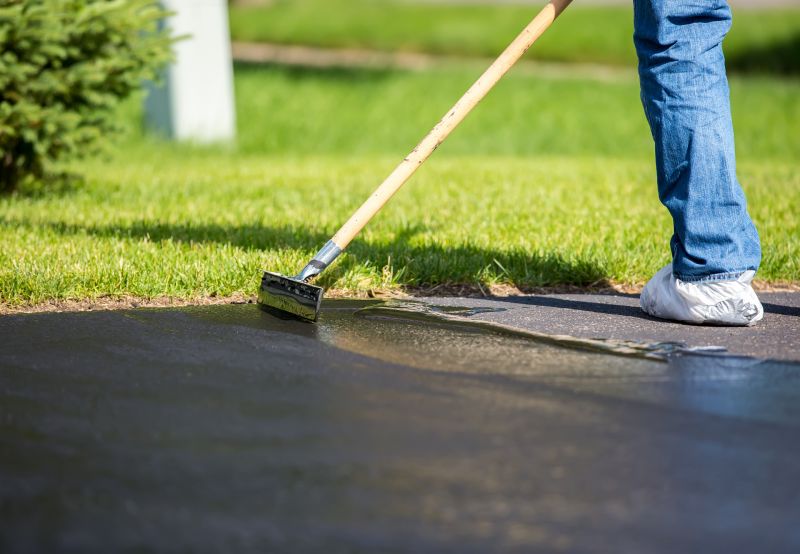
A 60-second routine that keeps Driveway Sealings looking new.
| Season | Optimal Conditions |
|---|---|
| Spring | Temperatures 50-70°F, low humidity, dry weather |
| Summer | Temperatures 70-85°F, moderate humidity, dry days |
| Fall | Temperatures above freezing, dry weather, no frost |
| Winter | Not recommended due to freezing temperatures and moisture |
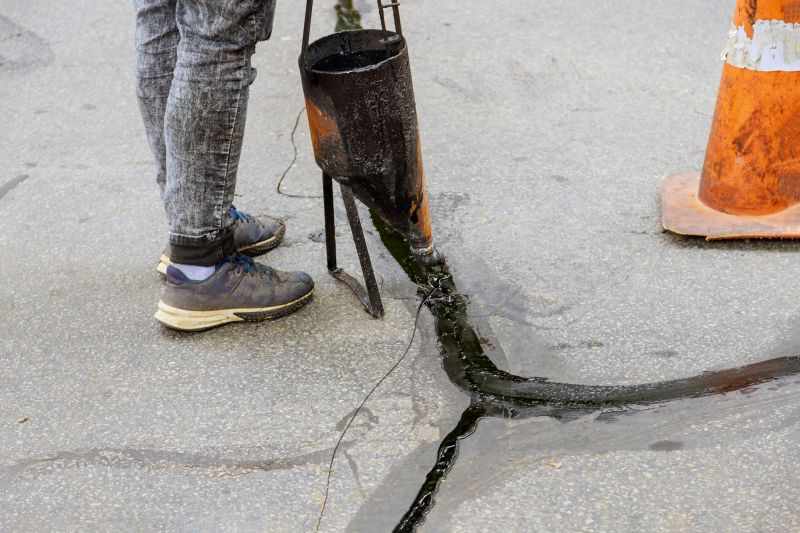
A frequent mistake in Driveway Sealings and how to dodge it.

Small tweaks to make Driveway Sealings safer and easier to use.
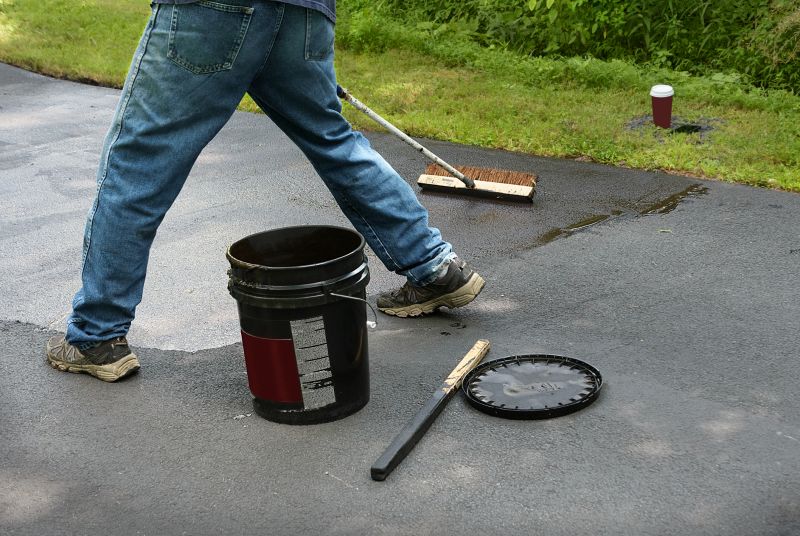
Lower-waste or water-saving choices for Driveway Sealings.

The short, realistic tool list for quality Driveway Sealings.
Proper timing for driveway sealing can significantly impact its effectiveness and longevity. Scheduling during favorable weather conditions ensures the sealant cures properly, providing a durable protective layer. Avoiding sealing during periods of rain, extreme heat, or cold helps prevent issues like peeling, cracking, or incomplete adhesion. Regularly assessing seasonal weather patterns can lead to more successful sealing projects that maintain the driveway's appearance and structural integrity.
Interested in scheduling a driveway sealing? Filling out the contact form can provide the necessary information to determine the best timing and ensure optimal results for driveway maintenance and protection.



